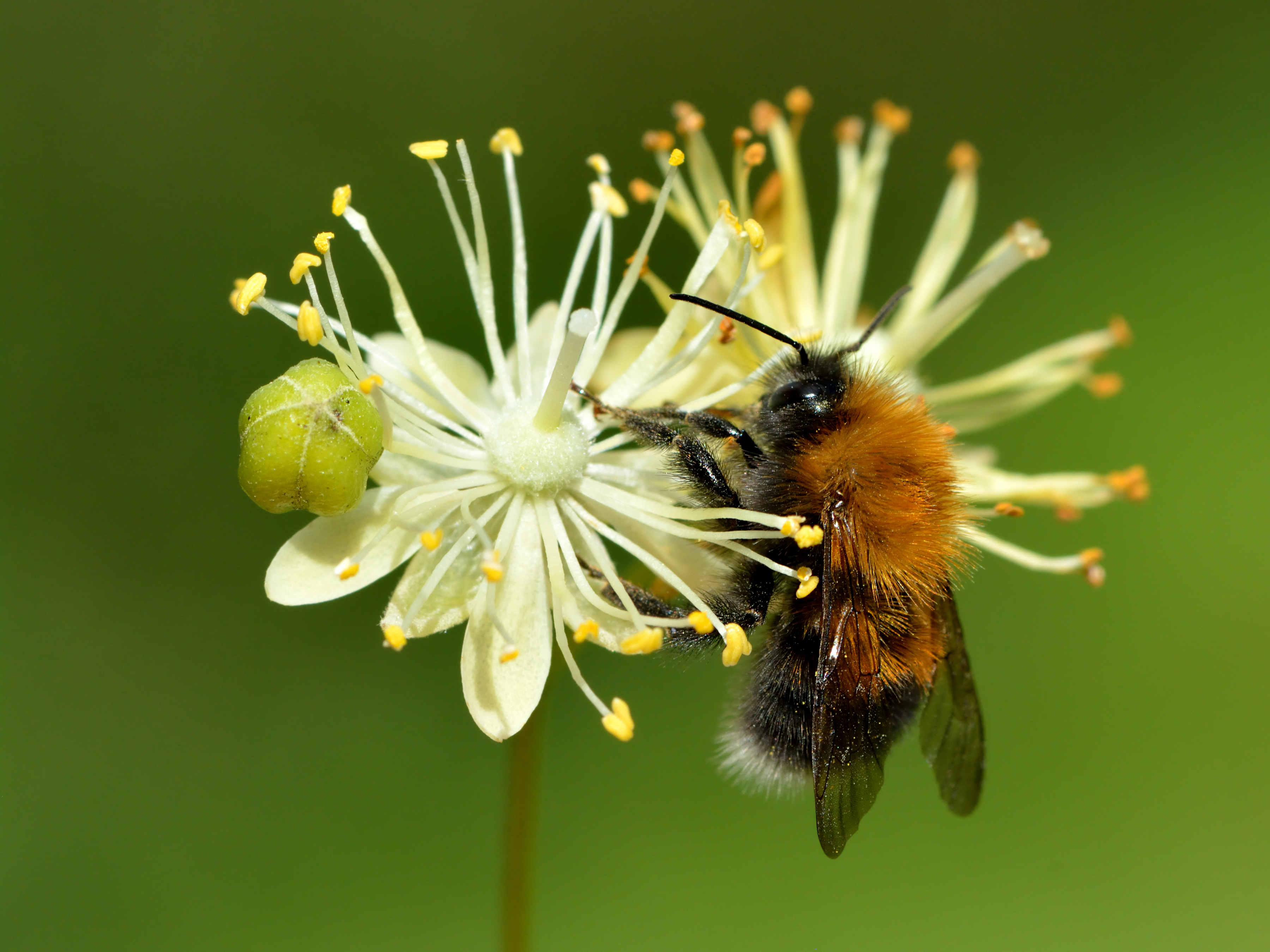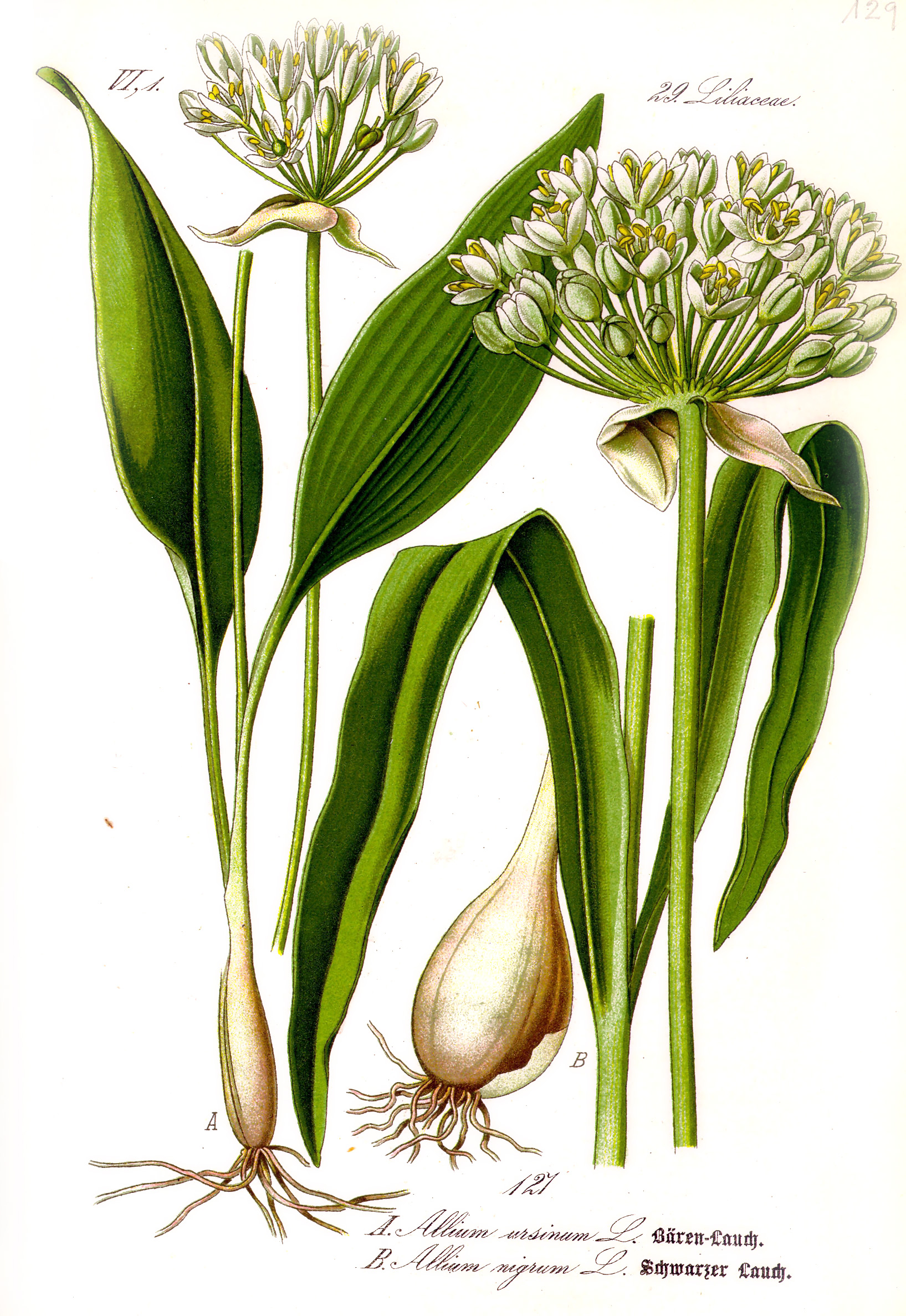|
Laučynė Landscape Sanctuary
The Laučynė Landscape Sanctuary () is a protected area of a state importance in Josvainiai Eldership of Kėdainiai District Municipality, in central Lithuania. It was established in 1992 and covers an area of . It encompasses a part of the Pernarava-Šaravai Forest with the Žvaranta river. The aim of the sanctuary is to protect a typical landscape of the Nevėžis Plain covered by forest. Mixed forests predominate in the sanctuary, with small-leaved lime and hornbeam tree groups. Rare wild garlic and common ivy ''Hedera helix'', the common ivy, European ivy, King's Choice ivy, or just ivy, is a species of flowering plant in the family (biology), family Araliaceae. It is native plant, native to most of Europe and parts of western Asia. Ivy is a clinging ... grow in the forest. There are crane nesting places. The Šaravai Oak Tree (a nature monument) grows in the Laučynė Landscape Sanctuary. References {{KaunasCounty-geo-stub Protected areas in Kėdainiai District ... [...More Info...] [...Related Items...] OR: [Wikipedia] [Google] [Baidu] |
Josvainiai Eldership
Josvainiai Eldership () is a Lithuanian eldership, located in the southern part of Kėdainiai District Municipality. Eldership was created from the Josvainiai ''selsovet'' in 1993. Geography The territory of Josvainiai Eldership is located mostly in the Nevėžis Plain, but the western edges are in the East Samogitian Plateau. Relief is mostly flat, 2/3 of the territory is agriculture lands, about 1/3 is covered by forests. * Rivers: Nevėžis (with Upytė), Šušvė with its tributaries (Liedas, Putnupys, Vikšrupis), Smilgaitis, Aluona. * Lakes and ponds: Bedugnė Lake, Angiriai Reservoir. * Forests: Pernarava-Šaravai Forest, Josvainiai Forest. * Protected areas: Šušvė Landscape Sanctuary, Laučynė Landscape Sanctuary, Aluona Hydrographical Sanctuary, Pavikšrupys Botanical Zoological Sanctuary, Šušvė Geomorphological Sanctuary, Dotnuva-Josvainiai Forest Biosphere Polygon. * Nature monuments: Šaravai Oak Tree Places of interest *Catholic church of All Saints i ... [...More Info...] [...Related Items...] OR: [Wikipedia] [Google] [Baidu] |
Kėdainiai District Municipality
Kėdainiai () is one of the oldest List of cities in Lithuania, cities in Lithuania. It is located north of Lithuania's second largest city Kaunas on the banks of the Nevėžis River. Kėdainiai were first mentioned in the 1372 Livonian Chronicle of Hermann de Wartberge, its population was 23,051. The Kėdainiai Old Town dates to the 17th century and many of its historical buildings were preserved. The town is the administrative centre of the Kėdainiai District Municipality. The geographical centre of the Lithuania is in the nearby village of Ruoščiai in the Elderships of Lithuania, eldership of Dotnuva. In a ring of five miles, the St Jurgis church is surrounded by smaller villages – Lančiūnava, , Labūnava, Josvainiai, Dotnuva, Kalnaberžė. Names The city has been known by other names: ''Kiejdany'' in Polish language, Polish, ''Keidan'' (קיידאן) in Yiddish (language), Yiddish, and ''Kedahnen'' in German (language), German. Kėdainiai other alternate forms includ ... [...More Info...] [...Related Items...] OR: [Wikipedia] [Google] [Baidu] |
Lithuania
Lithuania, officially the Republic of Lithuania, is a country in the Baltic region of Europe. It is one of three Baltic states and lies on the eastern shore of the Baltic Sea, bordered by Latvia to the north, Belarus to the east and south, Poland to the south, and the Russian exclave, semi-exclave of Kaliningrad Oblast to the southwest, with a Maritime boundary, maritime border with Sweden to the west. Lithuania covers an area of , with a population of 2.89 million. Its capital and largest city is Vilnius; other major cities include Kaunas, Klaipėda, Šiauliai and Panevėžys. Lithuanians who are the titular nation and form the majority of the country's population, belong to the ethnolinguistic group of Balts and speak Lithuanian language, Lithuanian. For millennia, the southeastern shores of the Baltic Sea were inhabited by various Balts, Baltic tribes. In the 1230s, Lithuanian lands were united for the first time by Mindaugas, who formed the Kingdom of Lithuania on 6 July ... [...More Info...] [...Related Items...] OR: [Wikipedia] [Google] [Baidu] |
Josvainiai
Josvainiai is a small town in Kėdainiai district, central Lithuania. It is located on the Šušvė River 10 km southwest from Kėdainiai. The town comprises the Catholic All Saints Church, a gymnasium, a post office, a public library, a stud farm, and a culture house. Etymology The name of the town derives from the hypothetical personal name ''Josvainis'' (a small river in the district of Krekenava also bears this name). In other languages, the town was also previously known as: . History Historians believe that there was a medieval castle in Josvainiai, attacked many times by the Teutonic Knights. In 1486 Josvainiai was mentioned as a town. During the 16th century, the royal manor of Josvainiai and the first wooden church were mentioned. In 1529 Josvainiai was included in the list of unprivileged towns of the Grand Duchy of Lithuania. During the wars of the 16th–17th centuries Josvainiai castle was devastated by Swedes. The town was granted city rights and a coat o ... [...More Info...] [...Related Items...] OR: [Wikipedia] [Google] [Baidu] |
Pernarava-Šaravai Forest
The Pernarava-Šaravai Forest () is a forest in Kėdainiai District Municipality, central Lithuania, located west off Josvainiai. Covering an area of , it consists of smaller forests: the Šaravai Forest, the Sviliai Forest, the Pernarava Forest, the Juodgiris. Most of the forest is drained by the Šušvė tributaries (the Liedas, the Vikšrupis, the Putnupys) while the western part is drained by the Aluona and its tributary the Sakuona. As of 2005, 50 % of the area was covered by birch, 20 % by spruce, 8 % by aspen, 8 % by ash, 4 % by oak, 9 % by black alder, 1 % by white alder tree groups. The fauna of the forest consists of wild boar, roe deer, moose, red fox, raccoon dog, pine marten, badger, hare, squirrel, beaver, muskrat, as well as hazel grouses, black storks, Eurasian woodcocks, lesser spotted eagles and northern goshawk The northern goshawk has been split into two species based on significant morphological and genetic differences: * Eurasian goshawk The Eurasi ... [...More Info...] [...Related Items...] OR: [Wikipedia] [Google] [Baidu] |
Nevėžis Plain
file:SurviliskioSen001.JPG, 240px, The Nevėžis Plain near Urbeliai village in Kėdainiai District Municipality The Nevėžis Plain () is a plain (lowland) in central Lithuania, and makes a part of the Central Lithuanian Plain. Its northern limit is marked by the Nevėžis and Lėvuo watershed, while other limits are marked by small ridges (the Vilkija Ridge, Viešintos Ridge, Kavarskas Ridge, Krakės Ridge and others). There are three levels of the Nevėžis Plain: Traupis level (altitude 80-90 meters), Pagiriai level (70-80 meters) and the Nevėžis river level (65 meters). River density is high but rivers themselves are slow, sink during the summer. Typical soil is moraine loam with a tiny layer of sand. The Nevėžis Plain is heavily cultivated area (wheat, sugar beet, rapeseed, barley, potatoes) but significant part (20-30 %) is covered by forests (birch, aspen, oak, ash tree, ash, pine, spruce trees). References {{coord missing, Lithuania Landforms of Lithuania ... [...More Info...] [...Related Items...] OR: [Wikipedia] [Google] [Baidu] |
Temperate Broadleaf And Mixed Forests
Temperate broadleaf and mixed forest is a temperate climate terrestrial habitat type defined by the World Wide Fund for Nature, with broadleaf tree ecoregions, and with conifer and broadleaf tree mixed coniferous forest ecoregions. These forests are richest and most distinctive in central China and eastern North America, with some other globally distinctive ecoregions in the Himalayas, Western and Central Europe, the southern coast of the Black Sea, Australasia, Southwestern South America and the Russian Far East. Ecology The typical structure of these forests includes four layers. * The uppermost layer is the canopy composed of tall mature trees ranging from high. Below the canopy is the three-layered, shade-tolerant understory that is roughly shorter than the canopy. * The top layer of the understory is the sub-canopy composed of smaller mature trees, saplings, and suppressed juvenile canopy layer trees awaiting an opening in the canopy. * Below the sub-canopy is ... [...More Info...] [...Related Items...] OR: [Wikipedia] [Google] [Baidu] |
Tilia Cordata
''Tilia cordata'', the small-leaved lime or small-leaved linden, is a species of tree in the family Malvaceae, native to much of Europe. Other common names include little-leaf or littleleaf linden, or traditionally in South East England, pry or pry tree. Its range extends from Great Britain, Britain through mainland Europe to the Caucasus and western Asia. In the south of its range it is restricted to high elevations. Description ''Tilia cordata'' is a deciduous tree growing to tall, diameter 1/3 to 1/2 the height, with a trunk up to diameter. The largest known trunk circumference was a specimen in Närke, Sweden, that measured circumference at chest height. There are lime trees in Germany that are said to be over 1000 years old. The bark is smooth and grayish when young, firm with vertical ridges and horizontal fissures when older. The crown is rounded in a formal oval shape to pyramidal. Branching is upright and increases in density with age. The leaf, leaves are alternately ... [...More Info...] [...Related Items...] OR: [Wikipedia] [Google] [Baidu] |
Carpinus Betulus
Hornbeams are hardwood trees in the plant genus ''Carpinus'' in the family Betulaceae. Its species occur across much of the temperateness, temperate regions of the Northern Hemisphere. Common names The common English name ''hornbeam'' derives from the hardness of the woods (likened to Horn (anatomy), horn) and the Old English ''beam'', "tree" (cognate with Dutch ''Boom'' and German ''Baum''). The American hornbeam is also occasionally known as blue-beech, ironwood, or musclewood, the first from the resemblance of the bark to that of the American beech ''Fagus grandifolia'', the other two from the hardness of the wood and the muscled appearance of the trunk and limbs. The botanical name for the genus, ''Carpinus'', is the original Latin name for the European species, although some etymologists derive it from the Celtic for a yoke. Description Hornbeams are small, slow-growing, understory trees with a natural, rounded form growing tall and wide; the exemplar species—the ... [...More Info...] [...Related Items...] OR: [Wikipedia] [Google] [Baidu] |
Allium Ursinum
''Allium ursinum'', known as wild garlic, ramsons, cowleekes, cows's leek, cowleek, buckrams, broad-leaved garlic, wood garlic, bear leek, Eurasian wild garlic or bear's garlic, is a bulbous perennial flowering plant in the amaryllis family, Amaryllidaceae. It is native to Eurasia, where it grows in moist woodland.GRIN-CA , Agriculture and Agri-Food Canada It is a wild relative of and , all belonging to the same genus, ''''. There are two recognized subspecies: ''A. ursinum'' subsp. ''ursinum ... [...More Info...] [...Related Items...] OR: [Wikipedia] [Google] [Baidu] |
Hedera Helix
''Hedera helix'', the common ivy, European ivy, King's Choice ivy, or just ivy, is a species of flowering plant in the family Araliaceae. It is native to most of Europe and parts of western Asia. Ivy is a clinging evergreen vine that grows on tree trunks, walls, and fences in gardens, waste spaces, and wild habitats. Ivy is popular as an ornamental plant, but escaped plants have become naturalised outside its native range. Ivy has considerable cultural significance and symbolism. Synonyms include ''Hedera acuta'', ''Hedera arborea'' ('tree ivy'), ''Hedera baccifera'', and ''Hedera grandifolia.'' Other common names are bindwood and lovestone. Description ''Hedera helix'' is an evergreen climbing plant, growing to high where suitable surfaces (trees, cliffs, walls) are available, and also growing as groundcover where no vertical surfaces occur. It climbs by means of aerial rootlets with matted pads which cling strongly to the substrate. The ability to climb on surfaces varies w ... [...More Info...] [...Related Items...] OR: [Wikipedia] [Google] [Baidu] |


